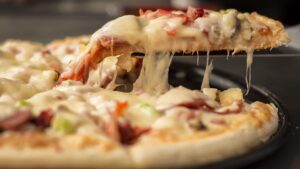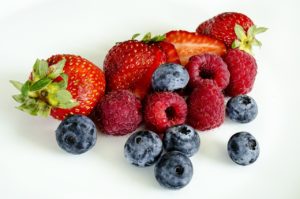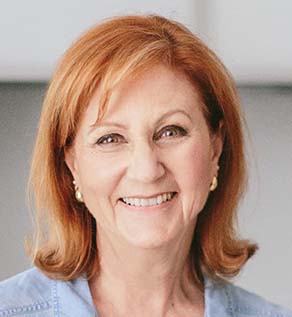If you have irritable bowel syndrome, then you have to go on the low Fodmap diet and you have to make sure you do it 100% or it won’t work. Dabbling by going gluten and lactose-free won’t eliminate your symptoms. Watch the video to see what is entailed for you to reach your goals.
Lactose and Gluten-Free are not enough for IBS Sufferers
Today, I want to talk about how lactose and gluten-free are not enough for IBS sufferers. Many people read about the low-FODMAP diet and decide to dabble in it. So they try going lactose-free – and that is one of the FODMAP groups – and they perhaps try to go gluten-free. And going gluten-free takes care of part of one of the other FODMAP groups, which is the fructans – which are found in wheat, barley, and rye. But that’s not the complete picture. So often, even though you have taken all the lactose and wheat, barley, and rye out of your diet, you are still not feeling well. You might have felt a tiny bit of change, perhaps you’ve even convinced yourself that it has helped. But the fact is that if you’re an IBS sufferer, until you take out all the high FODMAPs, you are never going to know what your trigger foods are. You need to take them all out on an elimination diet, and then, once you’re symptom-free, you can start to see what your triggers are. It is very unusual for somebody to have a problem with all of the FODMAP groups, but some of them will be triggers and perhaps one group is not a trigger at all. In my case, my main is trigger is fructose. I have no problem at all with lactose. And the other two groups I have a few problems with and can eat up to a certain amount, but not too much. For example, I can eat one slice of wheat bread, but not two.
So do not dabble with this diet because it will not be effective. All the foods have to come out before you will become symptom-free. You might be lucky and not exclude one of the FODMAP groups, and just by chance, that was never a trigger anyway. But the only way to be sure is to take them all out and then start adding foods back in, so that you can find your own perfect formula that suits you as an individual. It won’t suit me and it won’t suit the next person with IBS, but it will be your own profile – your food profile.
So if you are going to do this diet, do it a hundred percent or don’t do it at all. Because I have had clients that on the elimination diet have been doing perfectly – no symptoms whatsoever and they’re on top of the world – and then we start the reintroduction stage of the diet. And for fructose, I start them with a very small amount of honey – just a teaspoon. If they get away with that, the next day, they can have a tablespoon. If you get away with that, then you don’t have an issue with fructose. And that puts a big tick beside one of the FODMAP groups. But I have had clients who on a teaspoon of honey have been laid out flat on their backs all day, and those were clients who were doing absolutely brilliantly before that teaspoon of honey. So that shows you how one wrong food and you will still have symptoms. So you must eliminate them all or don’t even try the diet, because you won’t get any answers and perhaps you will think that the diet’s not working for you. When, in fact, it’s you that has failed the diet, not the diet failing you.
So, give that a really good go. Make sure you get the good foods and bad foods list, but get an accurate one, and please take into account the amounts, the combinations at one meal, and the accumulation during the day. The list of good foods and bad foods is not enough, it is just the beginning. It won’t, by itself, make you well. So do the whole thing accurately, and you will get the results you want.




What is proper way to reintroduce foods? What foods should I start with? If I ate a high fodmap food do I need to go another three days before trying a new Fod.
I made a video here: https://youtu.be/vf_pMJAkQxw on how to reintroduce foods. Good luck.